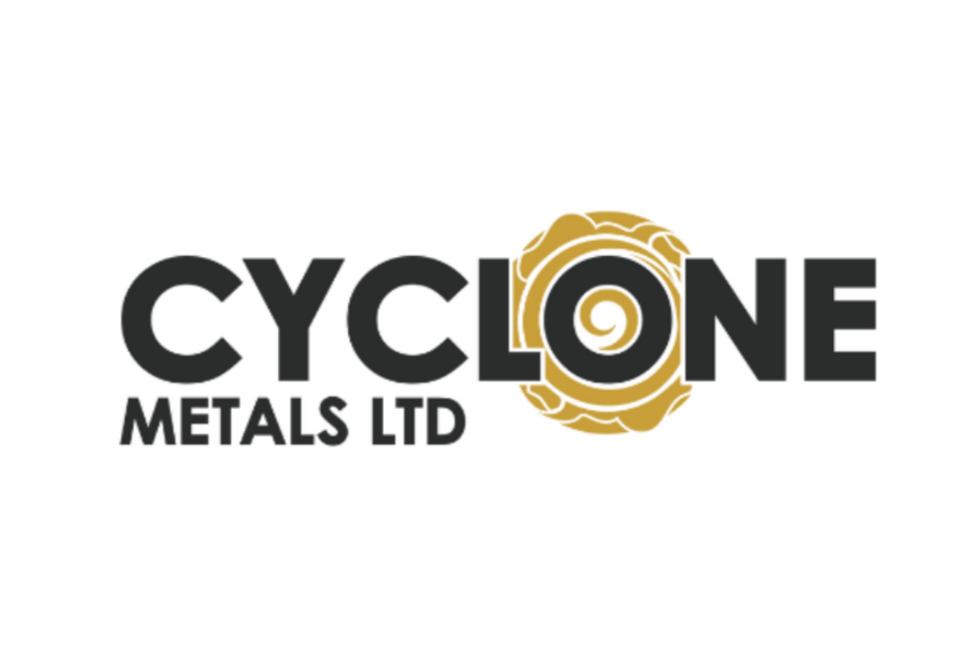Iron Ore Price Slides to Three-month Low on Oversupply, Low Steel Demand

Rio Tinto, Vale and BHP Billiton all reported iron ore production increases in Q3, while steel demand from China and across the globe has continued to drop.
The iron ore price has taken another tumble, hitting its lowest level since July 27 on Wednesday.
Specifically, the spot price for benchmark 62 percent fines dropped 0.69 percent, to $52.93 per tonne, according to Metal Bulletin. That represents a fall of 6.5 percent since October 12; overall, the metal has fallen nearly 27 percent in 2015 and could see a third straight annual decline.
In terms of what’s driving the iron ore price down, weak steel demand in China has played a role, Reuters states. Low steel production worldwide has also pressured the metal — the World Steel Association reported recently that 131 million tonnes (Mt) of crude steel were produced in September, representing a 3.7-percent decrease from a year ago.
Oversupply continues
While weak steel demand has been hurting the iron ore price, oversupply from industry giants like Rio Tinto (ASX:RIO,NYSE:RIO,LSE:RIO), Vale (NYSE:VALE) and BHP Billiton (ASX:BHP,NYSE:BHP,LSE:BLT) remains an issue as well. In fact, all three major iron ore producers reported production gains in the third quarter.
Rio Tino reported an 11-percent increase in output from its Pilbara operations in Q3, stating that it produced 81.3 Mt during the period, and a total of 227.6 Mt in the first nine months of 2015.
Meanwhile, Vale posted record production volumes for the period ended September 30. The company recorded output of 88.2 Mt, an increase of 3 percent compared to Q3 2014. Interestingly, Vale shuttered some of its iron ore operations during Q3, including its Feijão, Jangada, Pico, Fabrica and Brucutu mines; however, productivity gains at other operations helped offset those production stoppages.
BHP also saw an increase in output during Q3, with its iron ore production rising 2 percent quarter-on-quarter, to 61.3 Mt. The rise came after a ramp up at its Jimblebar mining expansion and improved ore handling at its Newman operation. In 2016, the company’s expects to produce 247 Mt of iron ore.
Market rebound in 2016?
While that’s all fairly negative, many experts are anticipating a rebound in the iron ore price next year.
For instance, Prestige Economics President Jason Schenker told Business Day Live that his firm expects a weaker yuan to support steel exports as China steps up stimulus efforts and further cuts interest rates.
“China’s going to need to do more economic stimulus,” he told the publication. “If they do monetary stimulus, the currency weakens. If the currency weakens because of the monetary stimulus, the exports will rise further.” He expects iron ore prices to trade between $58 and $68 per tonne in 2016.
Meanwhile, Vishnu Varathan, senior economist at Mizuho Bank in Singapore, told Reuters that he sees a recovery towards the third quarter of 2016 as most of China’s infrastructure projects get underway. However, he noted a possible lag between the capacity of these projects to absorb low-cost supply.
“I think we’ll see some fairly twitchy moves and it could get worse over the next three to six months, but after that it’s probably going to try to find some traction just above $50,” he told Reuters.
Securities Disclosure: I, Kristen Moran, hold no direct investment interest in any company mentioned in this article.
Related reading:
Iron Ore Price Falls as Chinese Imports Shrink
Iron Ore Price Forecasts Continue to Drop
Iron Ore Price Forecasts Remain Bearish Despite Price Rally
